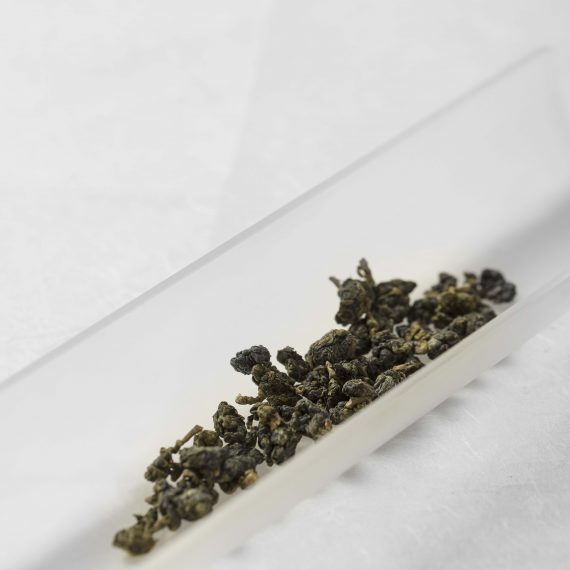Single-leaf teas are defined as unbroken tea leaves that maintain their natural shape and natural taste with no added flavoring. They are also single-origin, embodying the specific taste of their unique terroir. As a result, single-leaf teas preserve the natural integrity of the tea leaf, maximizing their flavor and health effects.
True teas are defined as leaves from the plant Camellia Sinesis— indigenous to the Yunnan region of China. Quality teas require careful attention to the leaf as the reservoir of flavor and health. Unlike the broken-leaf teas that dominate the market, great tea leaves are handpicked and handcrafted by master tea makers to reveal the unique aroma, terroir and character of the tea cultivar.
Their completely natural and unique tastes require clean environments suitable for quality tea cultivars, often such tea-lands have been cultivating teas for hundreds of years using traditional methods. Working with small-scale and traditional tea farmers and craftsmen, Ver te aims to preserve and bring this tradition to the wider world.

Ver te Teas

Ver te Teas
[1] Rietveld A, Wiseman S “Antioxidant effects of tea: evidence from human clinical trials.” Journal of Nutrition 133(10):3285S-3292S url: https://www.ncbi.nlm.nih.gov/pubmed/14519827
[2] Nagao T, Komine, et al. “Ingestion of a tea rich in catechins leads to a reduction in body fat and malondialdehyde-modified LDL in men.” The American Journal of Clinical Nutrition. 2005 Jan;81(1):122-9. url: https://www.ncbi.nlm.nih.gov/pubmed/15640470
[3] Greyling, Arno et al. “The Effect of Black Tea on Blood Pressure: A Systematic Review with Meta-Analysis of Randomized Controlled Trials” PLoS One v.9(7); 2014 PMC4117505 url: https://www.ncbi.nlm.nih.gov/pmc/articles/PMC4117505/
[4] Larsson, SC and Virtamo J, Wolk A.. “Black tea consumption and risk of stroke in women and men” Annals of Epidemiology. 2013 Mar;23(3):157-60 url: https://www.ncbi.nlm.nih.gov/pubmed/23295000









